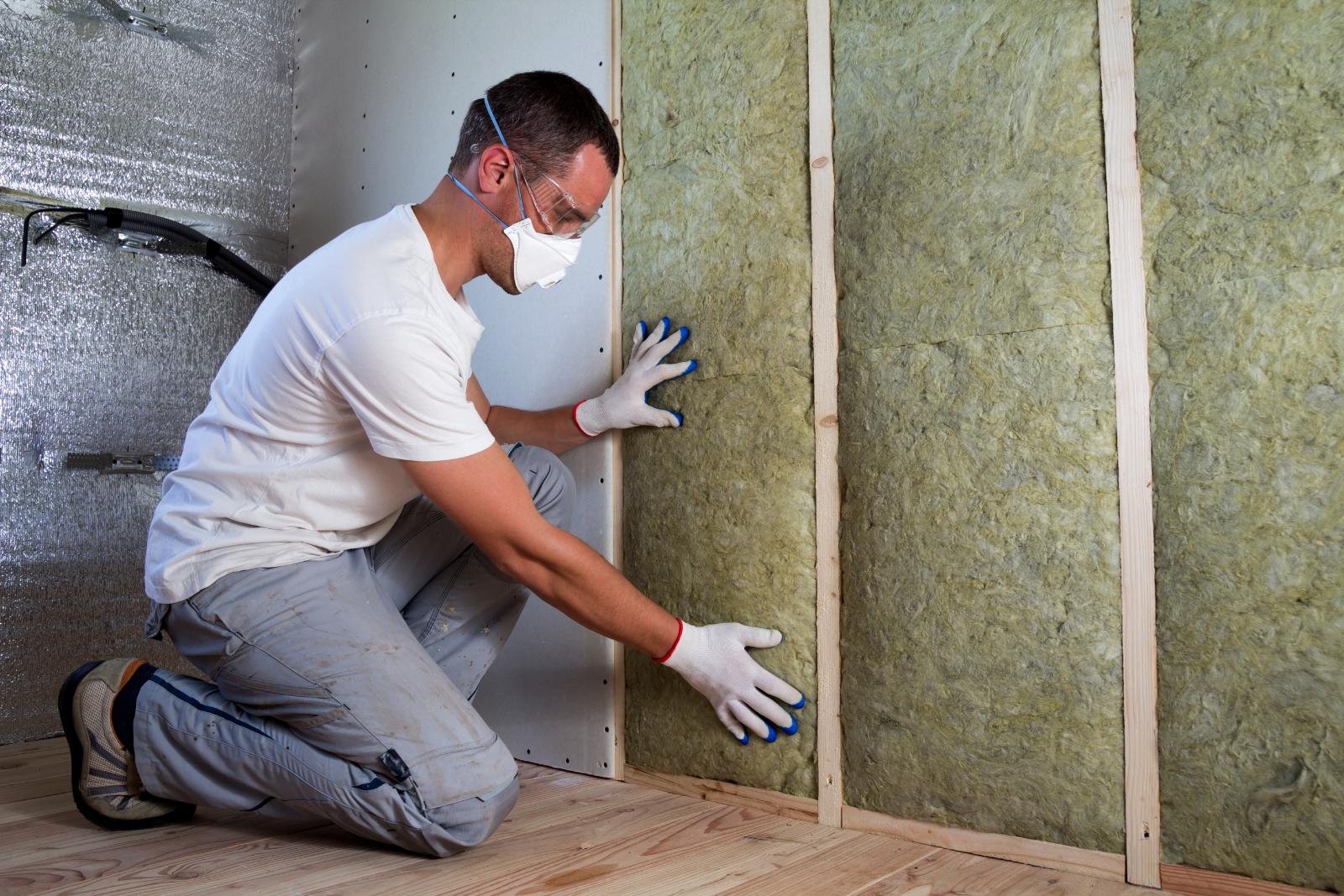Contents
Imagine drywall taping as a meticulous art form where each stroke of the taping knife is akin to a painter’s brush creating a masterpiece on a blank canvas. But just like any art, achieving perfection in drywall taping requires a precise blend of technique and skill. You may be familiar with the basics, but what if there were advanced techniques that could elevate your taping game to a whole new level? Let’s explore some expert tips and tricks that could transform your drywall taping results from good to exceptional.
Key Takeaways
- Use high-quality tools like a taping knife and mud pan for precise application.
- Prep work is crucial: clean surfaces, inspect for stains and choose the right tools.
- Properly mix joint compound for a creamy texture and ideal consistency.
- Apply thin, even coats of compound, feathering edges for a seamless finish.
- Sand imperfections with fine-grained sandpaper blend edges for a smooth surface.
Taping Tools Needed
To effectively tape drywall, you’ll need a few essential tools for achieving a professional finish. When it comes to taping techniques, having the right tools at your disposal can make all the difference in the efficiency of your work.
The first tool you’ll need is a high-quality taping knife. This tool comes in various sizes, but a 6-inch and a 12-inch knife are the most commonly used for taping drywall seams. The 6-inch knife is perfect for applying the initial coat of mud, while the 12-inch knife is great for feathering out the edges.
Next, you’ll need a mud pan to hold the joint compound while you work. Look for a stainless steel mud pan as it’s durable and easy to clean. Additionally, a corner trowel will come in handy for applying mud to inside corners efficiently. Another essential tool is a drywall tape dispenser. This tool will help you apply tape to seams quickly and evenly.
Proper tool maintenance is important for efficient taping. After each use, clean your taping knives thoroughly to prevent dried mud from affecting your next project. Keep your tools dry and store them in a clean, dry place to prevent rusting.
Prep Work Before Taping
Before taping, ensure your surface is clean and free of dust or debris to ensure a smooth finish.
In addition, applying joint compound correctly is essential for flawless taping results.
Surface Cleaning Tips
Ensuring thorough removal of dust particles and debris from the drywall surface prior to taping is essential to achieve a smooth finish. Dust removal is vital as any particles left behind can interfere with the adhesion of the joint compound and tape, leading to an uneven and bumpy final result. Begin by vacuuming the area to eliminate loose dust and debris.
Follow this up with a tack cloth or a damp sponge to pick up any remaining particles.
Preventing stains is also key to ensuring a flawless taping job. Before cleaning the surface, inspect for any stains or marks that could bleed through the tape and compound. Use a stain-blocking primer to seal these areas and prevent discoloration. Allow the primer to dry completely before moving on to the next steps.
Joint Compound Application
For best results in your drywall taping project, starting the joint compound application phase with thorough prep work is essential. When applying joint compound, using proper taping knife techniques is vital for achieving smooth and flawless results. Make sure to choose the right size taping knife based on the area you’re working on – a 4-inch knife for corners and a 6 or 8-inch knife for flat seams.
Before applying the joint compound, consider seam reinforcing to ensure long-lasting results. Apply a thin layer of joint compound over the seam, place the tape, and use a taping knife to embed it into the compound. This tape embedding technique helps prevent cracks and ensures a strong bond between the tape and the drywall.
Utilize corner taping tips to achieve crisp and clean edges when working on corners. Apply joint compound evenly on both sides of the corner, embed the tape carefully, and then feather out the edges with a taping knife for a polished finish. Following these techniques will result in professional-looking drywall taping that you can be proud of.
Proper Joint Compound Mixing
Consistency is key to proper joint compound mixing. You should aim for a smooth, lump-free mixture that’s easy to spread on the drywall.
Utilizing the right mixing tools can help you achieve the perfect texture for smooth taping results.
Mixing Consistency Tips
Achieving the proper consistency when mixing joint compounds is crucial for successful drywall taping results. The right taping consistency ensures that the compound adheres well, minimizes cracking, and allows for smoother finishing. To achieve this, pay attention to mixing ratios; adding water slowly while stirring can help you reach the desired texture.
Properly mixed joint compound should be creamy and smooth, similar to thick pancake batter. This consistency facilitates easy application and reduces the chances of overworking the compound, which can affect drying times and final appearance.
Maintaining the correct mixing consistency also impacts application speed. A well-mixed compound spreads evenly and smoothly, allowing you to tape efficiently without interruptions. Additionally, the right consistency contributes to a consistent drying time across all applied layers.
Mixing Tools Guide
Mastering the use of proper mixing tools is crucial for achieving the ideal consistency when preparing joint compounds for drywall taping. To ensure a smooth and efficient mixing process, consider investing in a high-quality mixing paddle that attaches to a drill. This tool will help you blend the joint compound thoroughly, eliminating any lumps or inconsistencies in the mixture.
When using the mixing paddle, start at a low speed to prevent splattering and gradually increase as the compound begins to combine. Remember to scrape the sides and bottom of the mixing container to incorporate all the dry particles fully. A handheld mud mixer can be a handy alternative to the mixing paddle for small batches.
Consistency tips include adding water gradually to the joint compound until you reach a smooth, creamy texture. Avoid overmixing, as this can introduce air bubbles into the mixture, leading to imperfections in the taping process.
Applying the First Coat
Begin the taping process by applying a thin and even first coat of joint compound over the taped seams and screw indentations. For seam coverage, make sure the joint compound is spread smoothly over the seam, covering it completely. When reaching corners, use a corner applicator to achieve a clean and sharp edge.
When applying the mud, start by loading the taping knife with an adequate amount of joint compound. Spread the compound over the seams and indentations in a fluid motion, ensuring even coverage. Remember that this first coat aims to establish a solid foundation for the subsequent layers.
To achieve best results, consider these feathering tips. Use long, smooth strokes when spreading the joint compound to create a smooth connection between the taping and the wall. Pay close attention to the pressure applied on the taping knife to control the thickness of the mud application. Feathering the edges of the compound will help blend it into the wall, minimizing the need for excessive sanding later on.
Feathering Techniques
To achieve smooth and flawless blending between the joint compound and the wall surface, mastering feathering techniques is essential in drywall taping. Feathering refers to the gradual thinning out of the joint compound towards the edges of the taped area, creating a harmonious merge.
To nail this technique, start by applying even pressure on the taping knife as you move it along the joint. Feathering tips include using long, smooth strokes and holding the knife at a slight angle to blend out the edges effectively.
Remember to blend both sides of the joint to avoid a visible line when feathering. This step requires finesse and precision, but with practice, you’ll develop a knack for creating invisible seams.
Another finishing trick is to feather the edges lightly multiple times rather than trying to do it all at once. This gradual approach helps achieve a more natural blend and reduces the risk of overworking the joint compound.
Moreover, ensure that each joint compound layer is completely dry before blending to prevent unwanted texture or ridges.
Sanding for Smooth Finish
Achieving a smooth finish in drywall taping involves sanding the joint compound to perfection for a flawless integration with the wall surface. Proper sanding techniques and finishing tips are vital to ensure a professional-looking result. Here are some strategies to help you achieve that polished finish:
| Sanding Technique | Description | Tips |
|---|---|---|
| Use Fine Grit Sandpaper | Start with a higher grit sandpaper like 120 or 150. | Work in a circular motion for even sanding. |
| Feather Edges | Gradually taper the joint compound towards the wall | Blend edges gently for a smooth integration. |
| Sand Lightly | Apply gentle pressure while sanding to avoid damage | Let the sandpaper do the work for a polished finish. |
Addressing Imperfections
Smooth out any bumps or ridges in the joint compound by carefully applying pressure with your sanding tool. When sanding, it’s important to use sandpaper with a fine grit to avoid damaging the drywall.
Start by feathering imperfections, working in small circular motions to blend the edges smoothly into the surrounding area. Take your time and check the surface frequently by running your hand over it to ensure a consistent finish.
As you address imperfections, pay attention to the edges where the joint compound meets the drywall. Use a gentle touch to feather these areas, gradually blending them to create a smooth progression. Remember that patience is key; rushing through this step can result in visible lines or uneven patches on your finished wall.
Focus on the finishing touches to achieve a flawless result. After sanding, wipe down the surface with a damp cloth to remove dust particles. Inspect the area under different lighting conditions to catch any remaining imperfections that may need further attention.
Second Coat Application
For a successful drywall taping project, make sure that the second coat application is applied evenly and with the proper technique to build upon the foundation created by the initial coat. When applying the second coat, consider corner finishing and seam blending. Corners are vital areas that require finesse. To achieve a professional look, use a corner trowel or a corner knife to apply joint compound smoothly and evenly along the corners.
Seam blending is equally significant; it involves feathering the edges of the joint compound to seamlessly merge with the surrounding drywall.
After the second coat has dried, it’s time to focus on seam sanding and joint smoothing. Seam sanding is necessary to create a smooth surface. Use a sanding block or sandpaper to gently sand down any ridges or bumps. Be careful not to oversand, as this can damage the drywall and affect the final finish.
Once the seams are sanded, it’s crucial to smooth out the joints. Apply a thin layer of joint compound over the seams to fill in any imperfections and create a continuous surface.
Final Finishing Touches
To complete your drywall taping project successfully, the final finishing touches play an important role in achieving a smooth and professional look. After applying the joint compound, embedding the tape, and allowing it to dry, it’s time to focus on the final steps that will help achieve a flawless finish. Here are some vital tips for the finishing touches:
| Sanding Tips | Finishing Touches |
|---|---|
| Use fine-grit sandpaper to smooth out any imperfections and blend the joints seamlessly. | Once sanding is complete, wipe down the walls with a damp cloth to remove dust and debris. |
| Pay attention to corners and edges, ensuring they are well-sanded for a polished appearance. | Check for any remaining bumps or ridges that need further sanding before proceeding to painting. |
| Avoid oversanding, as it can damage the drywall and create uneven surfaces. | Inspect the walls under different lighting conditions to spot any missed spots or rough areas. |
| Employ a sanding block or pole sander for larger surfaces to maintain uniformity. | Make any necessary touch-ups before proceeding with paint preparation. |
| Finish off by lightly sanding the entire surface to achieve a smooth and uniform texture. | Conduct a final inspection to ensure a flawless base for painting. |
Recap
Mastering the best drywall taping techniques is like painting a masterpiece on a blank canvas – it requires precision, patience, and skill. By using the right tools, preparing the surface properly, and applying joint compound with finesse, you can achieve a flawless finish that will elevate the look of any room.
Practice makes perfect, so don’t be afraid to experiment and refine your technique to achieve professional results every time.




